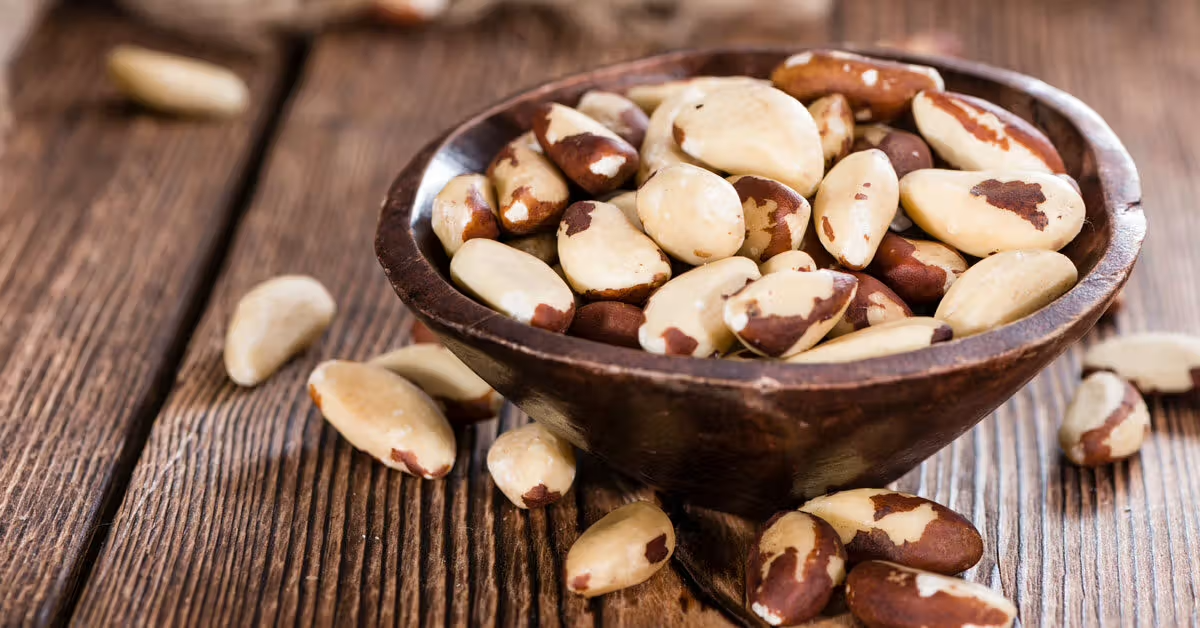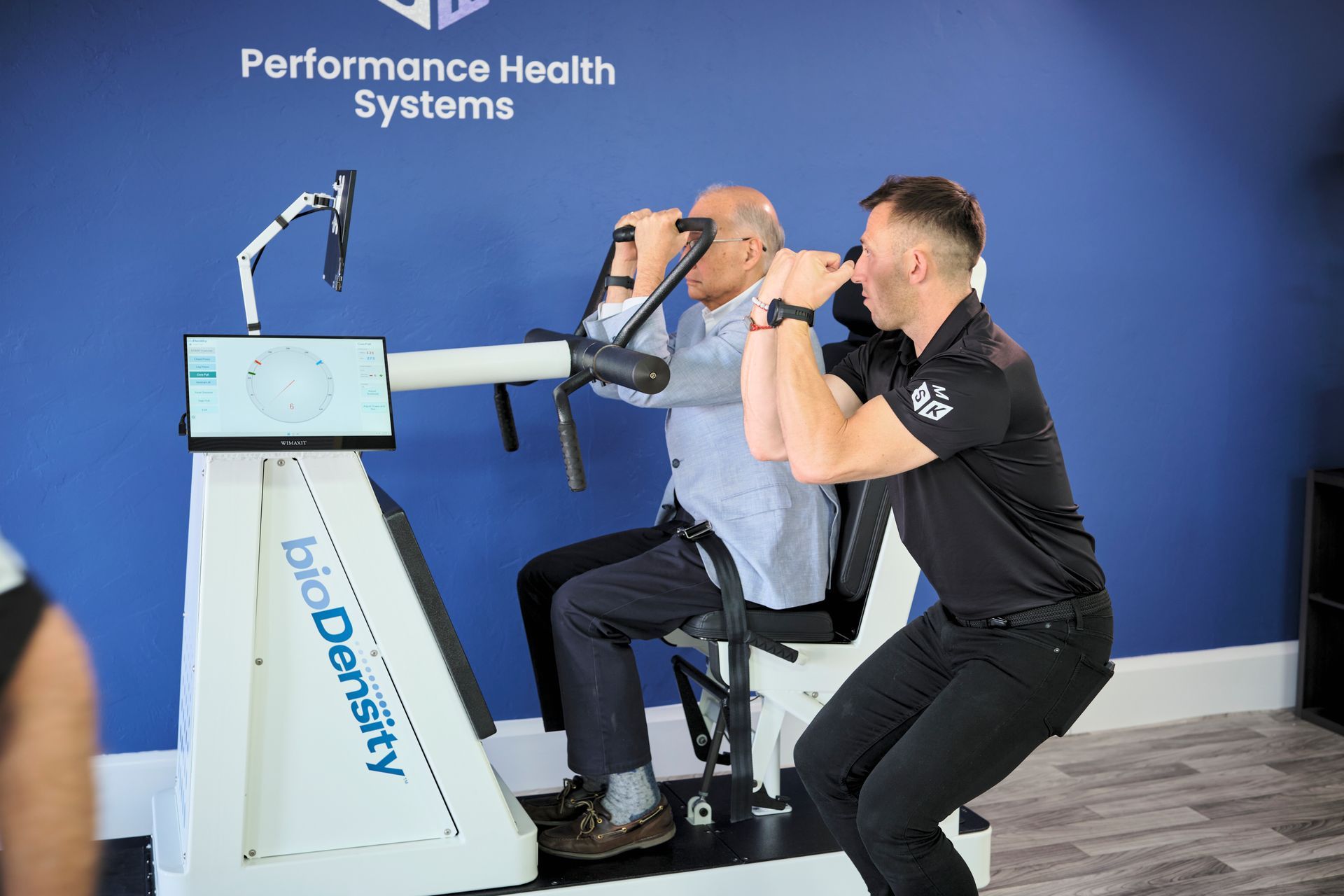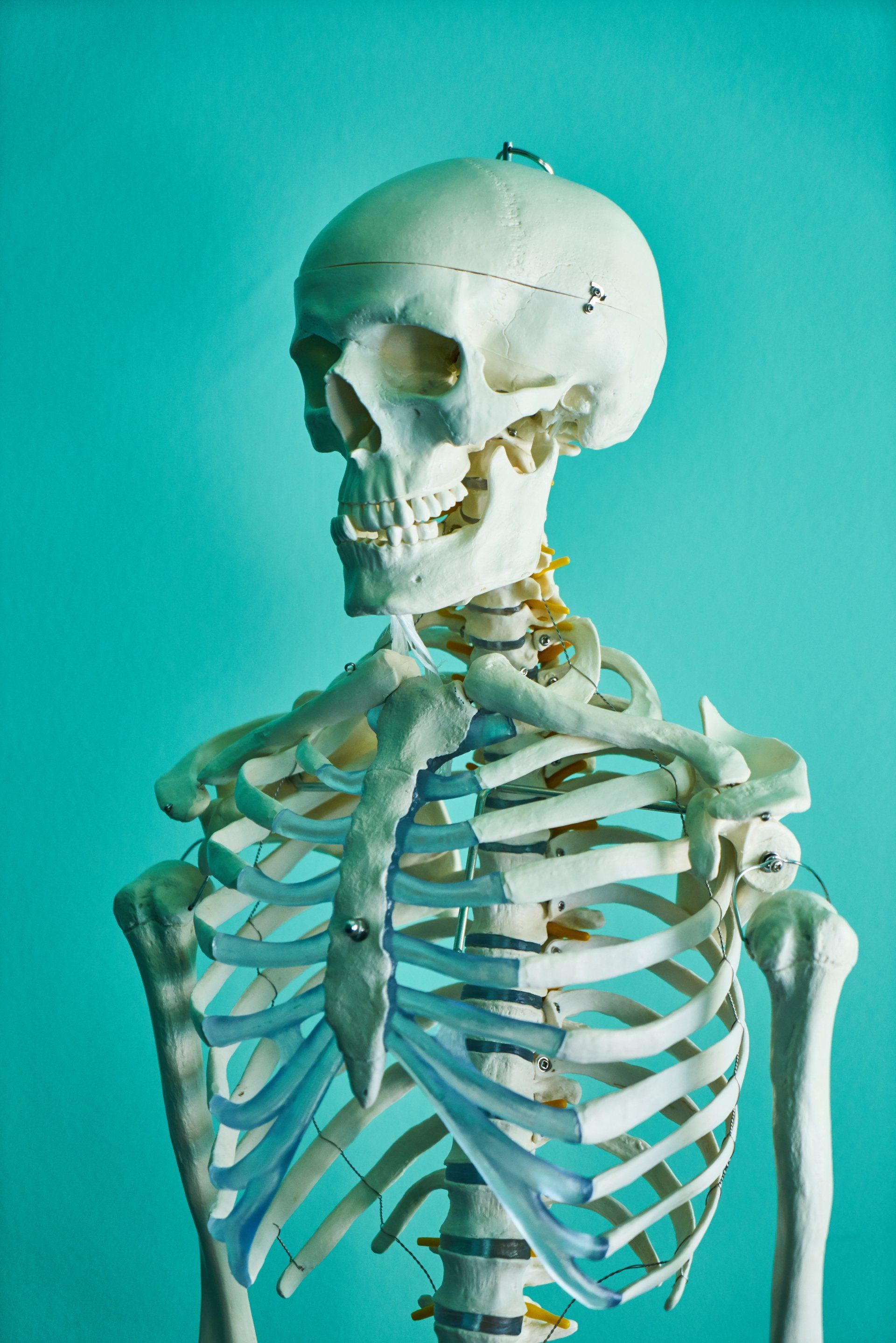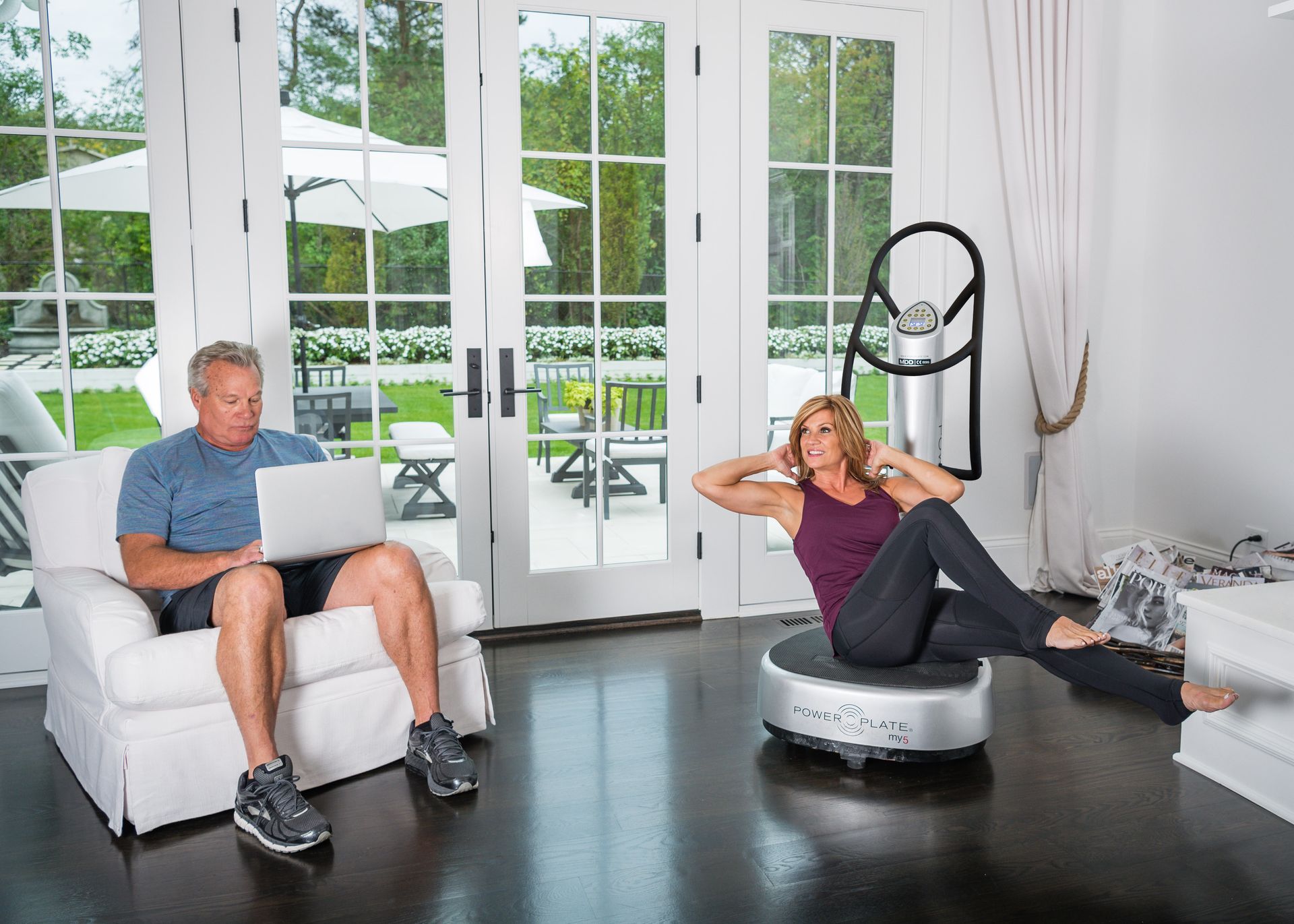Latest News & Case Studies

Selenium is a trace mineral that, despite being required only in small amounts, plays a pivotal role in maintaining overall health, particularly in supporting musculoskeletal health. Often overlooked in discussions about nutrition, selenium is essential for various bodily functions, including immune response, thyroid function, and protecting against oxidative damage. Let’s delve into the importance of selenium for your body and musculoskeletal health, backed by scientific evidence. What is Selenium? Selenium is a trace mineral found naturally in many foods and available as a dietary supplement. It is incorporated into proteins to make selenoproteins, which are important antioxidant enzymes. These enzymes help prevent cellular damage from free radicals, reduce inflammation, and contribute to DNA synthesis and the metabolism of thyroid hormones. Selenium and Musculoskeletal Health 1. Antioxidant Defence and Inflammation Reduction Selenium’s role as a component of antioxidant enzymes like glutathione peroxidase is crucial for protecting cells from oxidative stress. Oxidative stress is linked to various chronic diseases and can contribute to the degeneration of musculoskeletal tissues. By reducing oxidative damage, selenium helps maintain the integrity and function of muscles and bones.

In the pursuit of health and fitness, the significance of strong bones and muscles cannot be overstated. For athletes, seniors, and everyday fitness enthusiasts, maintaining and enhancing bone density and muscle strength is crucial. Enter bioDensity, an innovative approach to exercise designed to maximize these essential aspects of health through scientifically-backed methods. But what exactly is bioDensity, and how does it work for different types of users? What is bioDensity? bioDensity is a specialised exercise system that utilises high-intensity, low-impact resistance training to stimulate bone and muscle growth. Unlike traditional weightlifting or cardio exercises, bioDensity focuses on maximal static contractions—holding a muscle contraction for a few seconds at maximal effort. This approach is designed to mimic the natural forces the body experiences during high-impact activities like jumping or running, but in a controlled, safe environment. How bioDensity Works The bioDensity system employs four key exercises that target major muscle groups and bones: Chest Press Leg Press Core Pull Vertical Lift Each exercise is performed using a specialised machine that measures and adapts to the user’s force output. The user exerts maximal effort for a short duration, usually around 5-10 seconds per exercise. This high-intensity, brief exertion triggers the body’s adaptive responses, promoting bone and muscle strengthening.

Power Plate is featured in a new Health Club Management article, " The Dials: Giving Independence To People In Later Life. " The article presents a case study of The Dials, an independent living scheme for individuals over 55. Designed as a next-generation retirement community, it emphasises wellbeing as the cornerstone of a connected, inclusive, and independent lifestyle for residents. According to wellbeing advisor Charlotte Bacciochi, Power Plate takes "center stage." The work at The Dials with Power Plate focuses largely on fall prevention and strength and conditioning in later life. Bacciochi notes that Power Plate also enhances hand-eye coordination, balances left and right brain activity, improves circulation and heart rate, reduces anxiety, and builds confidence.

Our body’s exoskeleton, often referred to as the skeletal system, is an essential framework that supports, protects, and facilitates movement. Although humans have an endoskeleton (bones located within the body), the term "exoskeleton" can be used metaphorically to describe how this internal structure functions to support and interact with various bodily systems. What is the Skeletal System? The skeletal system comprises 206 bones in the adult human body, connected by joints, cartilage, ligaments, and tendons. This intricate framework serves multiple vital functions: Support: The skeleton provides a structural foundation, maintaining the body’s shape and supporting muscles and organs. Protection: Bones encase and safeguard critical organs. For example, the skull protects the brain, and the rib cage shields the heart and lungs. Movement: Bones act as levers, and joints function as fulcrums, allowing muscles to create movement. This interaction enables activities ranging from walking and running to grasping objects. Mineral Storage: Bones store essential minerals like calcium and phosphorus, releasing them into the bloodstream as needed to maintain homeostasis. Blood Cell Production: Bone marrow, located within certain bones, is the site of hematopoiesis—the production of blood cells, including red and white blood cells and platelets. How the Skeletal System Supports Us 1. Structural Integrity: The skeleton’s rigid structure provides the body with a framework that maintains posture and supports weight. Without this support, soft tissues would lack the necessary stability to function correctly. 2. Facilitating Movement: Bones and muscles work in tandem to enable motion. Muscles attach to bones via tendons, and when muscles contract, they pull on bones, creating movement at the joints. This system allows for precise and varied actions, from fine motor skills to powerful physical activities. 3. Protection of Vital Organs: The skeleton’s protective role is crucial for survival. The cranium encases the brain, reducing the risk of injury from impacts. Similarly, the vertebral column protects the spinal cord, and the rib cage safeguards the heart and lungs from external forces. 4. Mineral Reservoir: Bones act as a reservoir for essential minerals, particularly calcium and phosphorus. These minerals are critical for various bodily functions, including nerve transmission and muscle contraction. The skeletal system regulates mineral levels in the blood, releasing or storing them as needed. Interaction with Other Body Systems The skeletal system interacts closely with other body systems to maintain overall health and function: Muscular System: The interaction between bones and muscles is fundamental for movement. Joints, where bones meet, allow for different types of motion, facilitated by muscle contractions. Circulatory System: Bone marrow produces blood cells, which enter the bloodstream to perform essential functions such as oxygen transport and immune defence. Nervous System: Bones protect the central nervous system structures, such as the brain and spinal cord. Additionally, the nervous system controls voluntary movements by sending signals to muscles attached to bones. Endocrine System: The skeletal system plays a role in endocrine function by responding to hormones like parathyroid hormone and calcitonin, which regulate calcium levels in the body. Conclusion Our skeletal system, often likened to an internal exoskeleton, is a remarkable structure that provides support, facilitates movement, protects vital organs, stores essential minerals, and produces blood cells. Its interactions with other body systems are crucial for maintaining health and enabling the wide range of activities we perform daily. Understanding and caring for this system through proper nutrition, regular exercise, and healthy lifestyle choices is vital for overall well-being and longevity.

A Vibrant Approach to Balance and Stability Proprioception, often referred to as the "sixth sense," is the body's ability to perceive its own position and movement in space. It is crucial for everyday activities as well as for performing complex movements in sports or dance. Proprioceptive abilities can be compromised due to injuries, aging, or neurological disorders. However, innovative training tools like the PowerPlate offer a promising method to enhance proprioception through whole-body vibration therapy. Here's how the PowerPlate can help improve proprioception and why it might be the perfect addition to your wellness or fitness regimen.

Structure, Functions, and Common Issues Introduction The lower back, also known as the lumbar region, plays a vital role in your body's overall functionality and movement. Whether you are an athlete, an office worker, or anyone in between, the health of your lower back is crucial for your daily activities. In this blog we explore the anatomy of the lower back, its functions, common problems that can arise, and general care tips to maintain a healthy spine. Anatomy of the Lower Back The lower back is composed of five vertebral bones, known as L1 through L5. These vertebrae are larger than those in the thoracic and cervical spine regions, as they bear the most weight and are subjected to the greatest mechanical stress. Between these vertebrae are intervertebral discs, which act as cushions and shock absorbers, allowing for flexibility and providing protection against impact.
